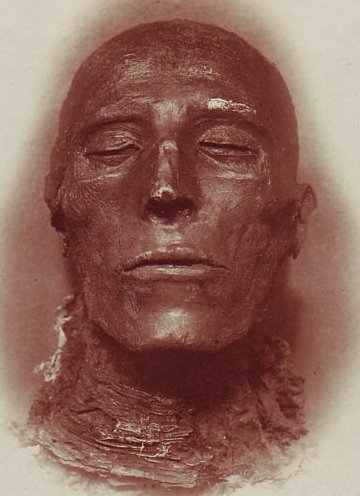
Noir comics have bubbled under the surface for decades. Even the mainstream success of the Dick Tracy newspaper strip failed to bring hardboiled detectives to the forefront of the medium. Batman started off as a noir title before quickly eschewing dark corners for brightly-colored superhero theatrics for decades. TV and movie tie-in’s, usually one-off’s from publishers like Dell popped up here and there but failed to be anything more than curios.
A quick look at Dell’s Peter Gunn one-off from 1959 is a perfect example. The television series was strictly adult fare in its day with a 9:30 PM time slot so it’s strange to see a kid-friendly comic with Pete tracking down a maker of counterfeit postage stamps as the lead story. Dell fared much better with the simultaneous publication of a TV tie-in novel by the author of the Peter Chambers series, Henry Kane. That book managed to aim for a more sophisticated audience than late fifties network television standards would allow making Dell’s dime comic all the more strange in comparison.
The advent of the graphic novel was really the medium that allowed noir titles to flourish. Darker, more adult and frequently self-contained, the graphic novel was the perfect vehicle to bring hardboiled detectives into the graphic medium. Jim Steranko may have been the first to exploit the combination with Red Tide (1976) featuring the adventures of a gumshoe named Chandler in an appreciative nod to the creator of Philip Marlowe. That seminal work was the first graphic noir in the United States, Europe having got the drop on us first.
Raymond Chandler provided fertile ground for graphic novel creators. Chandler’s last book, Playback (1958) was cannibalized from an unproduced screenplay that the author retooled to suit Philip Marlowe. Mysterious Press published the screenplay in book form in the mid-eighties. A French graphic novel imagining the script as the film noir classic it might have been followed a few years later. The graphic novel was later translated back into English and published Stateside by Arcade Publishing in 2006. It is well worth hunting down as a companion to Chandler’s The Blue Dahlia (1946) with Alan Ladd and Veronica Lake and stands as one of the author’s few fully-realized works without Philip Marlowe.
TO CONTINUE READING THIS POST, PLEASE VISIT HERE.


.jpg)
No comments:
Post a Comment